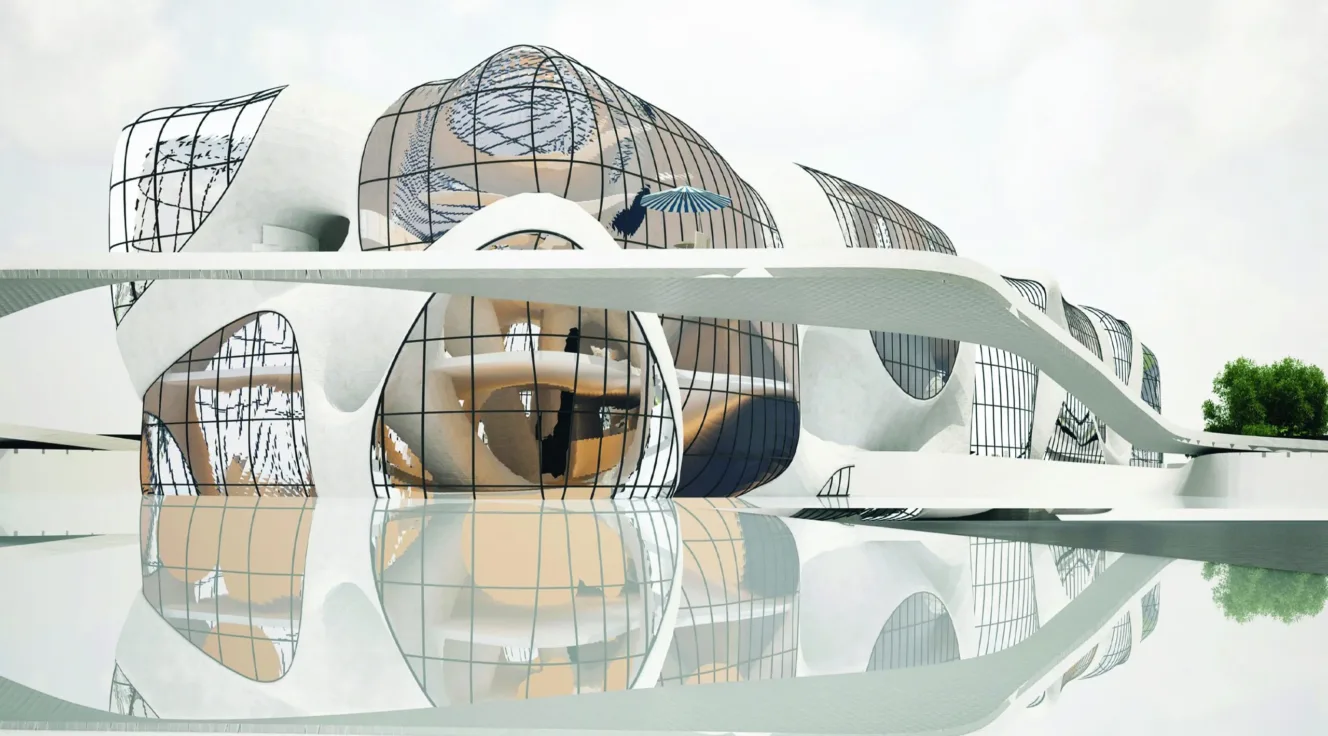Arch 574: The Internet Archive
Graduate Design Studio
T.F. Tierney, Fall 2018
The technological shift towards information and connectivity—driven by automation, machine learning and the internet of things—is mostly perceived as an immaterial phenomenon, decoupled from physical dimension. In actuality, however, it resides on a vast material footprint existing almost unnoticed within popular perception. This design research studio, “The Internet Archive,” engages with the internet as an immaterial entity which revolutionizes knowledge exchange in the 21st century, but at the same time relies upon a physical footprint, comprised of architecture and infrastructure.
Presently, “The Internet Archive” is a San Francisco–based nonprofit digital library with the stated mission of "universal access to all knowledge.” Since our culture now produces more and more artifacts in digital form, the Archive’s mission is to help preserve those artifacts and create an Internet library for researchers, historians, and scholars. Bringing the library into the 21st century means leading its digital transformation—in ways that do not merely copy or reproduce books, films, music, and more onto storage drives (although even this much has not been completed yet). Digital technology changes social practices in that it provides an opportunity to share knowledge, which is critical for new scholarship, arts, and the overall information needs of a socially equitable society.
In November 2016, Brewster Kahle announced that “The Internet Archive” was building a back-up library—a digital doppelganger— “The Internet Archive of Canada,” to be constructed in Toronto, ON.
To design this archive, we decided to rethink how information can be assessed in this age of social media and phones at our fingertips. We studied the time spent on the internet and how this creates a disconnect between human-building interaction. The intervention is made of interconnected points, just like the internet itself, and is called UnconFORMity (space that does not conform to a given moment but changes over time). UnconFORMity helps to bridges data storage, resource sharing and quality of life between users of all age group. What can be referred to as a socio-cultural data center will create an avenue for a range of social classes to learn, work, and play in harmony.
This design research studio includes a parametric workshop led by SOM Blackbox in Chicago.
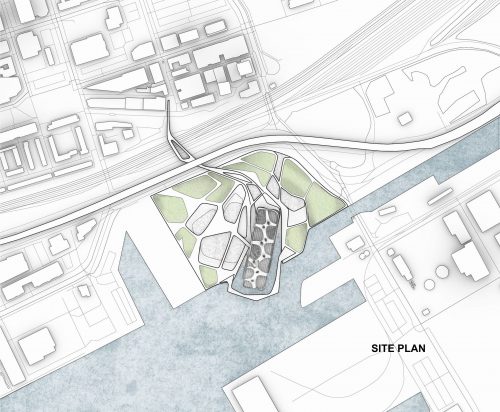
Site plan, Toronto, ON
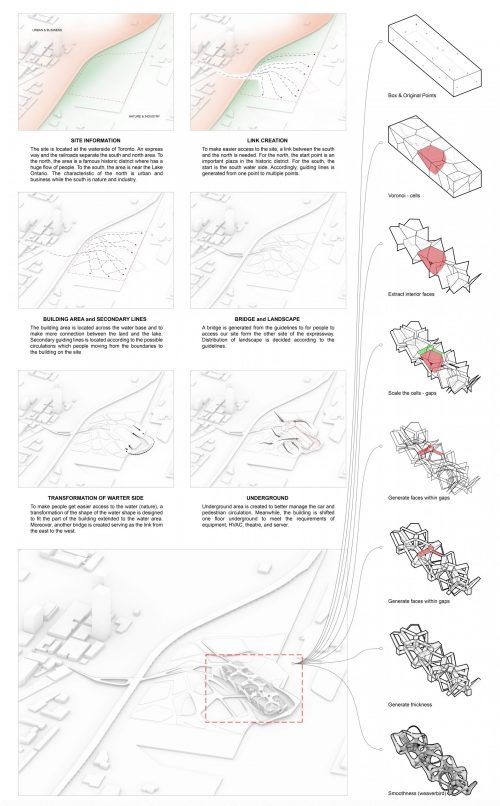
Generation of form

Building cross-section
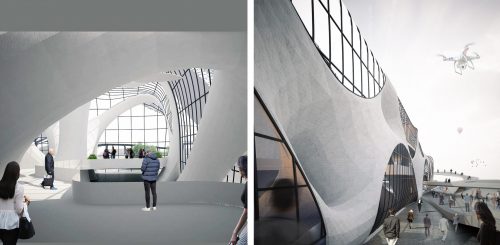
Façade details
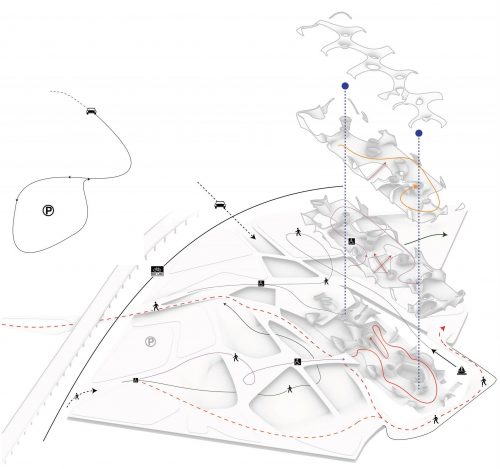
Circulation diagram

Building skin intersecting with floor plates to shape interior atrium
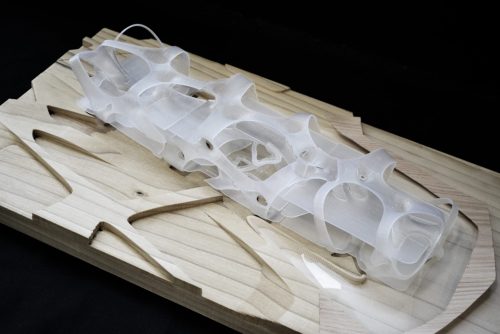
Model overview
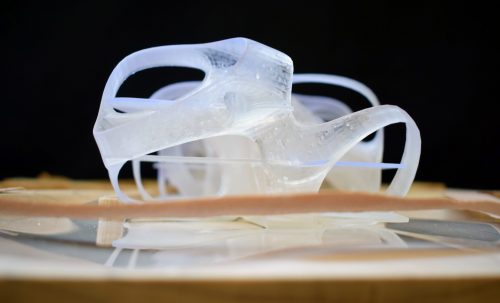
Model side view
